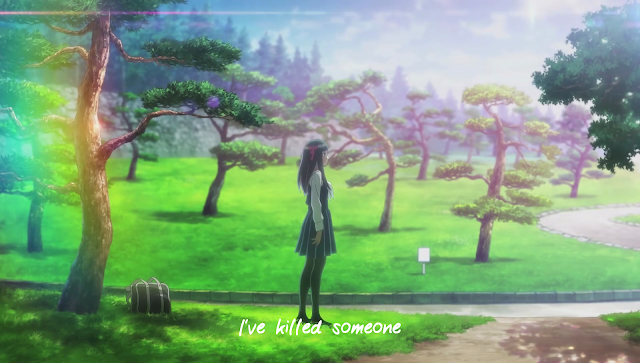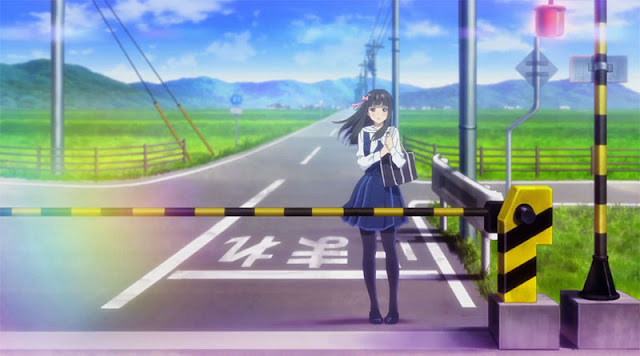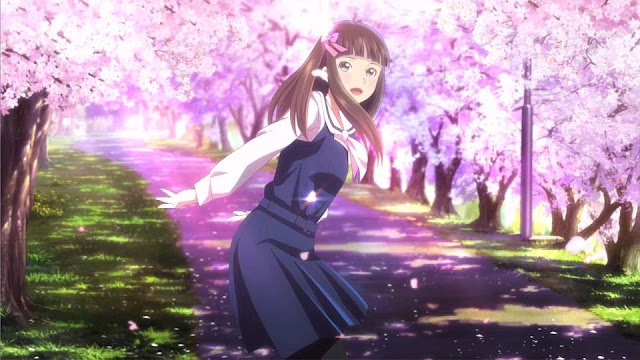Interview by Matt S.
Root Letter might just be the most “Japanese” visual novel to find an English localisation. Sure, Danganronpa and Steins;Gate offered the Japanese sense of the surreal, the abstract, and the odd, but Root Letter promises to be more that; it’s going to offer players a very sentimental and deep insight into the Japanese psyche.
It’s mystery story, in which a girl travels to a rural part of Japan to follow up on a pen-pal that she had 15 years ago. Supposedly this pen-pal murdered someone and ran away, but the protagonist has decided to take up the case and see if she can track down this friend and understand exactly what happened for herself.
With character designs by the eminent Minoboshi Taro (the breathtaking designs in Love Plus were his, among other major works), Root Letter is an elegant, intriguing look at Japan. Just don’t call it a “visual novel” to the game’s producer, Jin Hasegawa.
“I would like to underline that it is more of an adventure than a visual novel,” Hasegawa said. “I know that the line is little bit fuzzy between visual novels and adventure games, but in this game you do have choices on where to go, and what to do. It’s more interactive than the passive experience of a novel.”
To read on, please log in with your DDNet Premium account:










